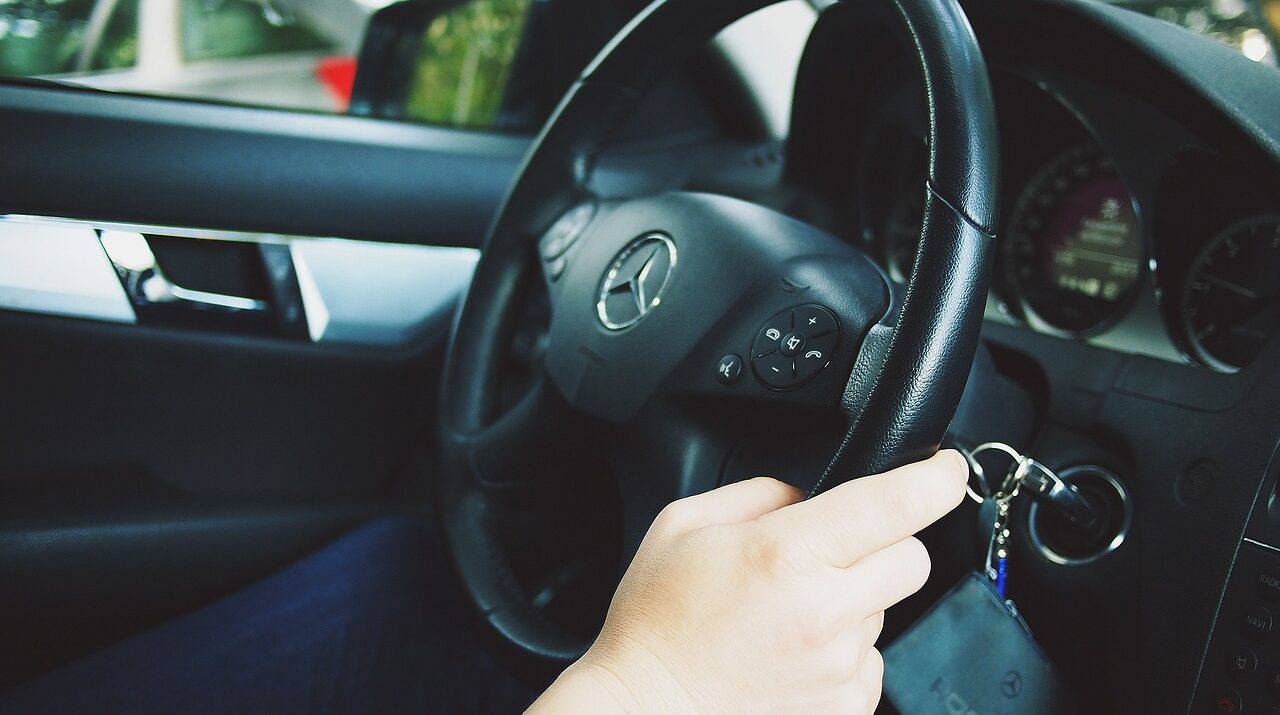
Learning to drive a manual transmission car, also known as a stick shift, opens up new possibilities for driving experiences and offers greater control over the vehicle. However, for those unfamiliar with manual cars, the process of starting and operating them can be intimidating.
In this article, we will provide a step-by-step guide on how to start a manual car, equipping you with the fundamental knowledge to confidently handle a manual transmission vehicle.
Contents
Step 1: Familiarize Yourself with the Controls
Before starting a manual car, take a moment to familiarize yourself with the essential controls. These include the clutch pedal (located on the far left), the brake pedal (in the middle), and the accelerator pedal (on the right). Additionally, locate the gear shift lever, typically positioned in the center console or on the steering column.
Step 2: Adjust Your Seating and Mirrors
Ensure that your seating position is comfortable and allows for easy access to the pedals and gear shift. Adjust the seat height, distance from the pedals these tips, and the angle of the seatback to suit your preferences. Set the rearview and side mirrors to provide optimal visibility.
Step 3: Engage the Clutch and Brake Pedals
Press the clutch pedal fully to the floor with your left foot while simultaneously applying the brake pedal with your right foot. This action ensures that the car remains stationary while you prepare to start the engine.
Step 4: Insert the Key and Start the Engine
Insert the key into the ignition and turn it to the “On” position. Avoid engaging the engine at this point. Take a quick glance at the dashboard to ensure that all warning lights are functioning correctly.
Step 5: Move the Gear Shift to Neutral
With the clutch pedal still fully depressed, move the gear shift lever to the neutral position. Neutral is the middle point between all gears and allows the engine to run without transmitting power to the wheels.
Step 6: Start the Engine
Once the gear shift is in neutral, turn the key further to the “Start” position. The engine will ignite, and you can release the key while keeping the clutch pedal depressed.
Step 7: Warm Up the Engine
Allow the engine to warm up for a few moments before attempting to drive. This gives the engine oil time to circulate and reach optimal operating temperature.
Step 8: Engaging First Gear
With the engine running and the clutch pedal still fully depressed, move the gear shift lever into the first gear position. This is typically located at the top left or leftmost position on the gear shift pattern.
Step 9: Slowly Release the Clutch
While keeping the brake pedal applied, slowly begin to release the clutch pedal. As you release the clutch, you will feel a friction point, known as the “biting point,” where the engine’s power is transferred to the wheels. Proceed cautiously, ensuring a smooth transition by slowly releasing the clutch and gradually applying the accelerator pedal.
Step 10: Accelerate and Release the Brake
Once you have reached the biting point and the car starts to move forward, release the brake pedal and apply gentle pressure to the accelerator pedal to increase the engine revs. Simultaneously continue to release the clutch pedal smoothly until it is fully released.
Step 11: Shifting to Higher Gears
As the car gains momentum, you will need to shift to higher gears. To do this, lift your foot off the accelerator pedal, depress the clutch pedal, move the gear shift lever to the desired gear, and release the clutch pedal gradually while applying the accelerator pedal. Remember to match the engine speed (revs) with the appropriate gear for a smooth shift.
Conclusion:
Starting a manual car may initially seem complex, but with practice and familiarity, it becomes second nature. By following these step-by-step instructions, you can confidently start and operate a manual transmission vehicle. Remember to practice in a safe and open area until you feel comfortable handling the clutch and shifting gears smoothly. With time and experience, you will master the art of driving a manual car and enjoy the added control and engagement it offers on the road.